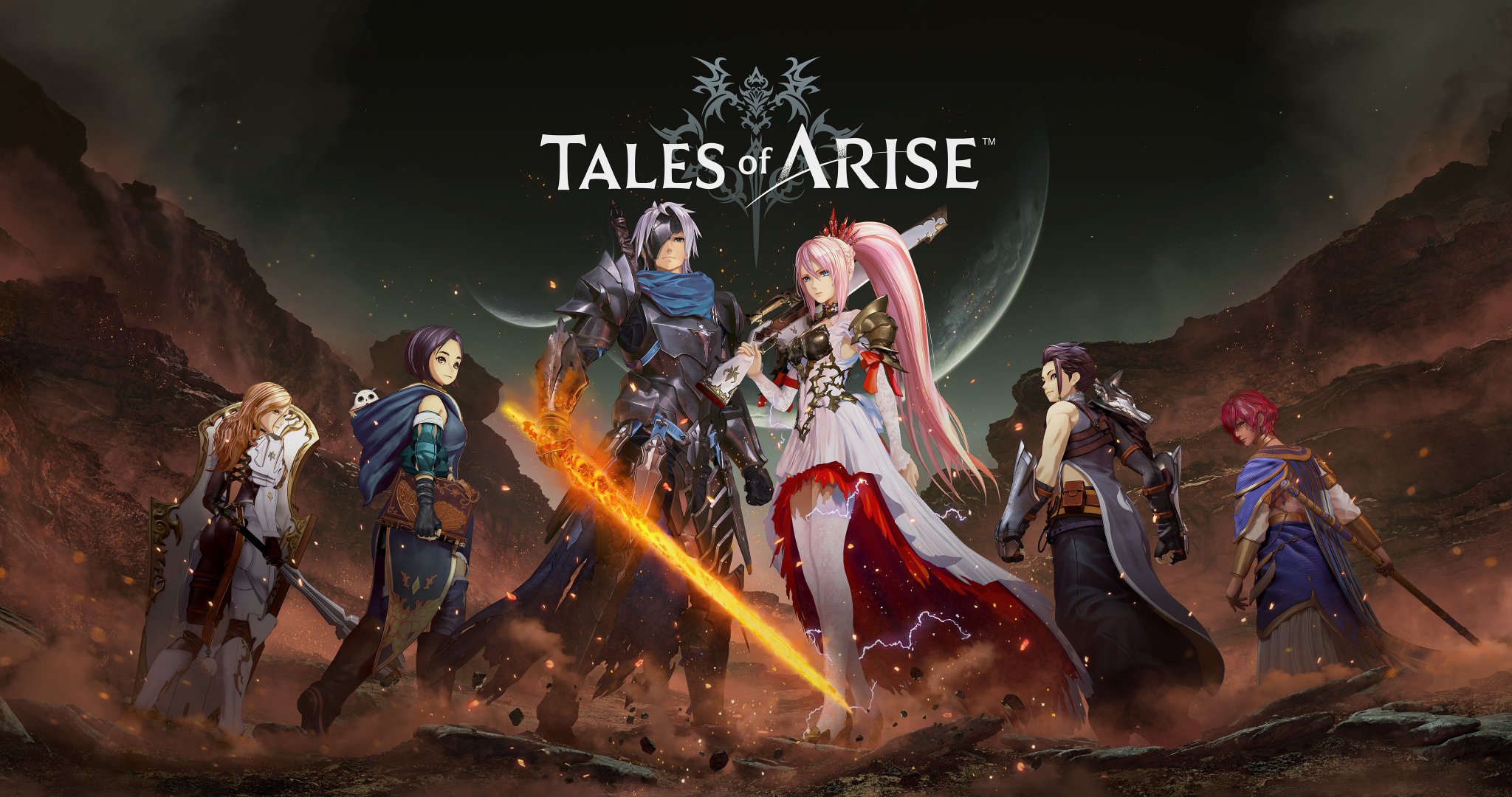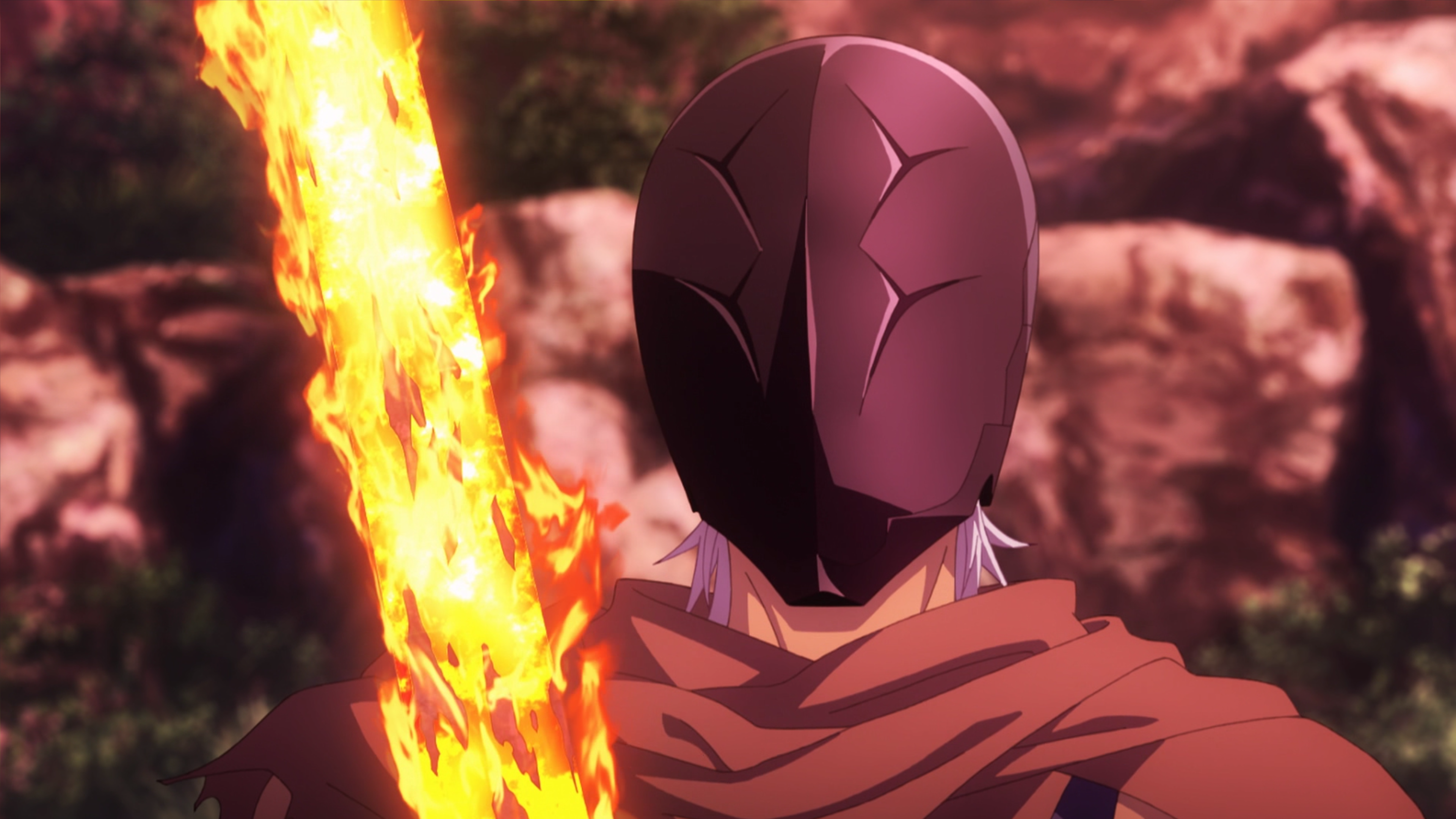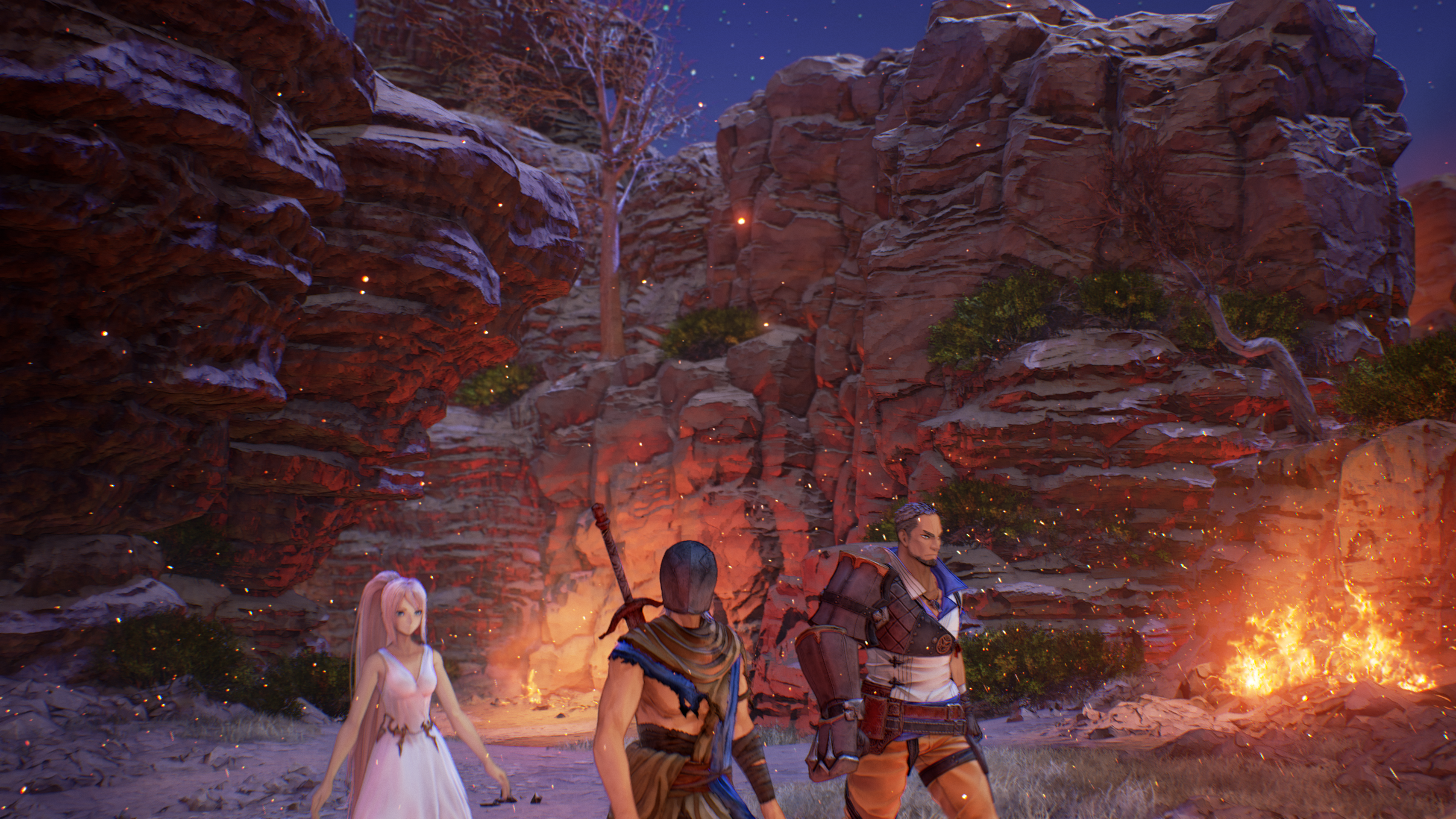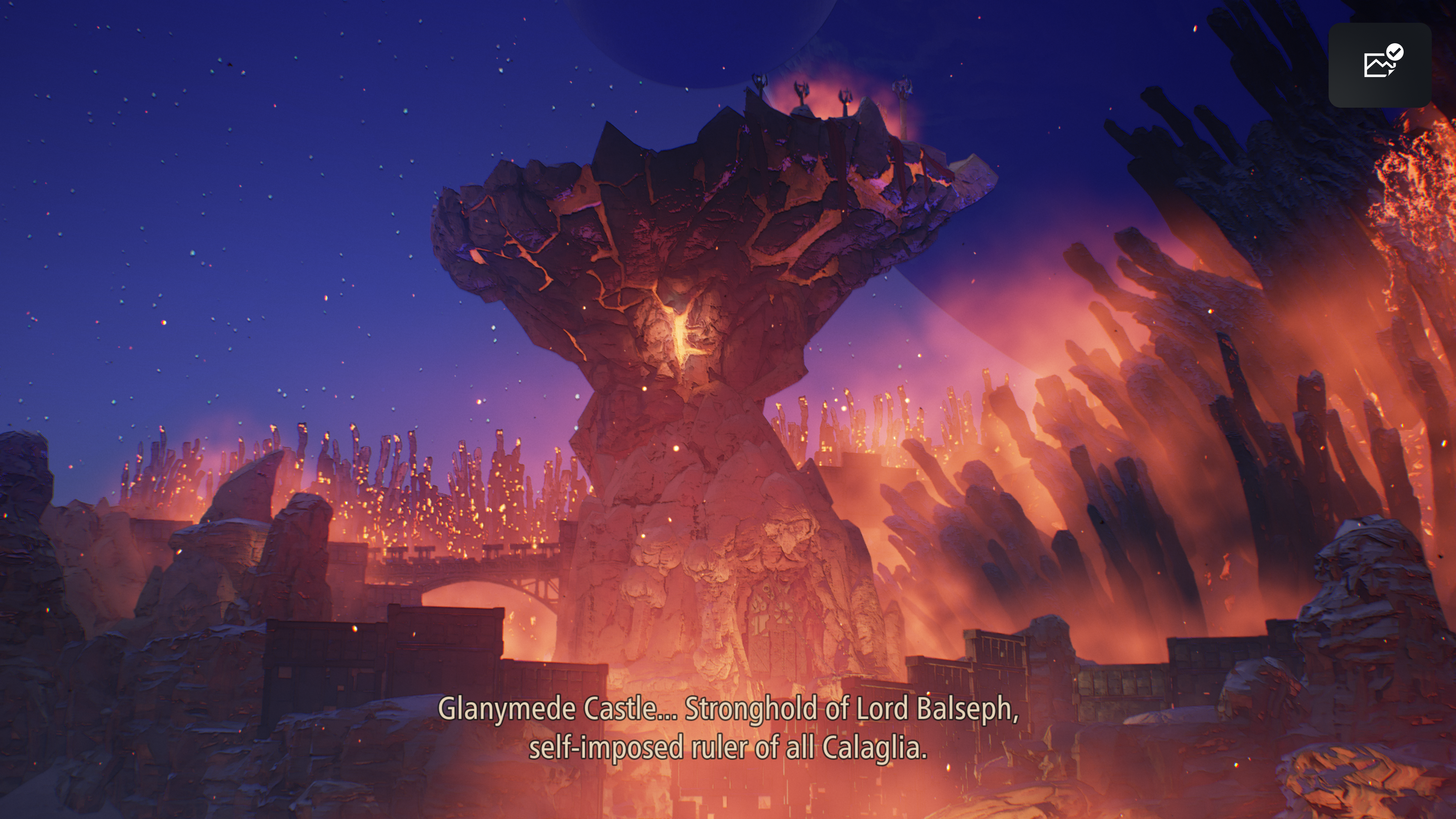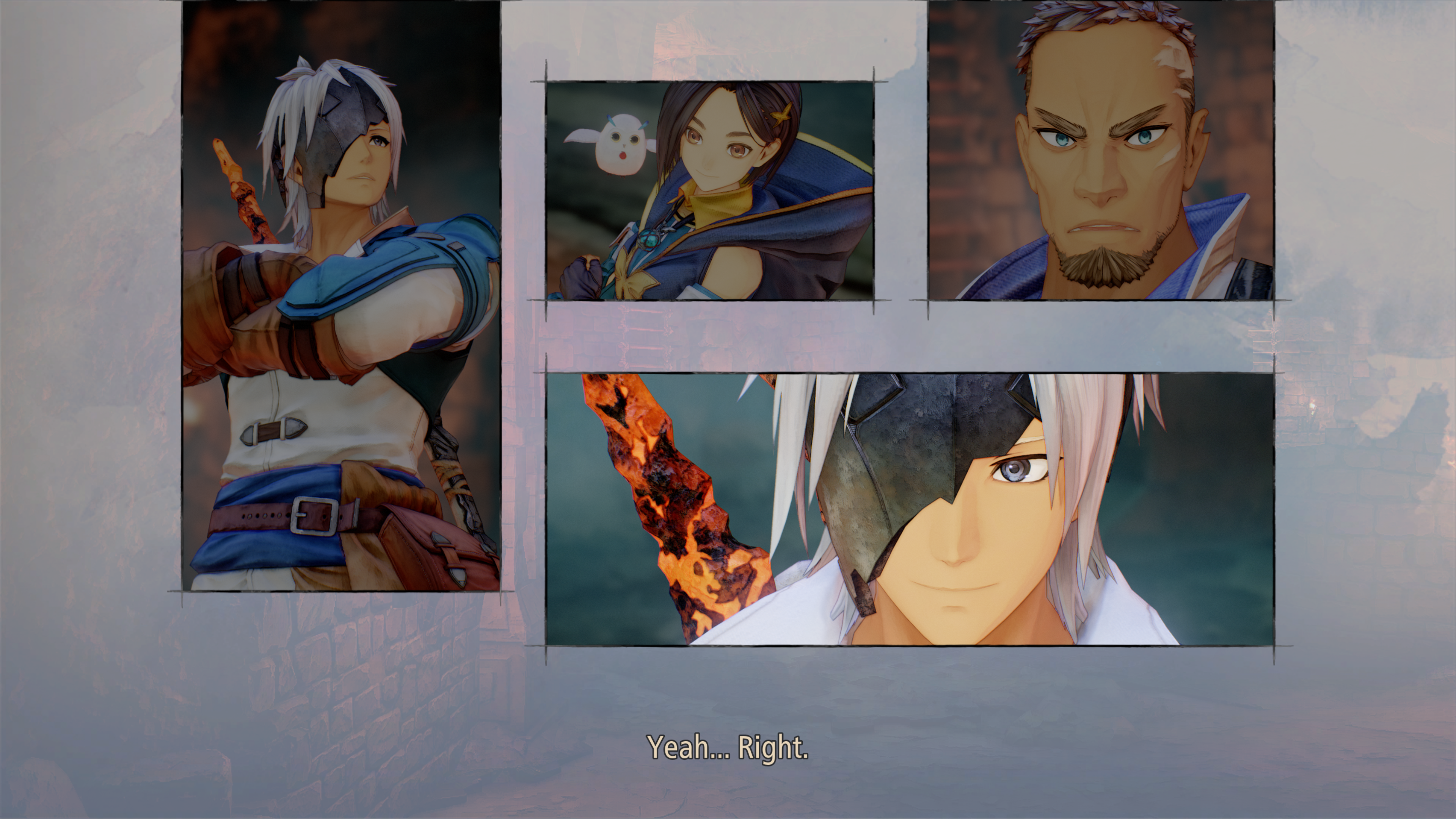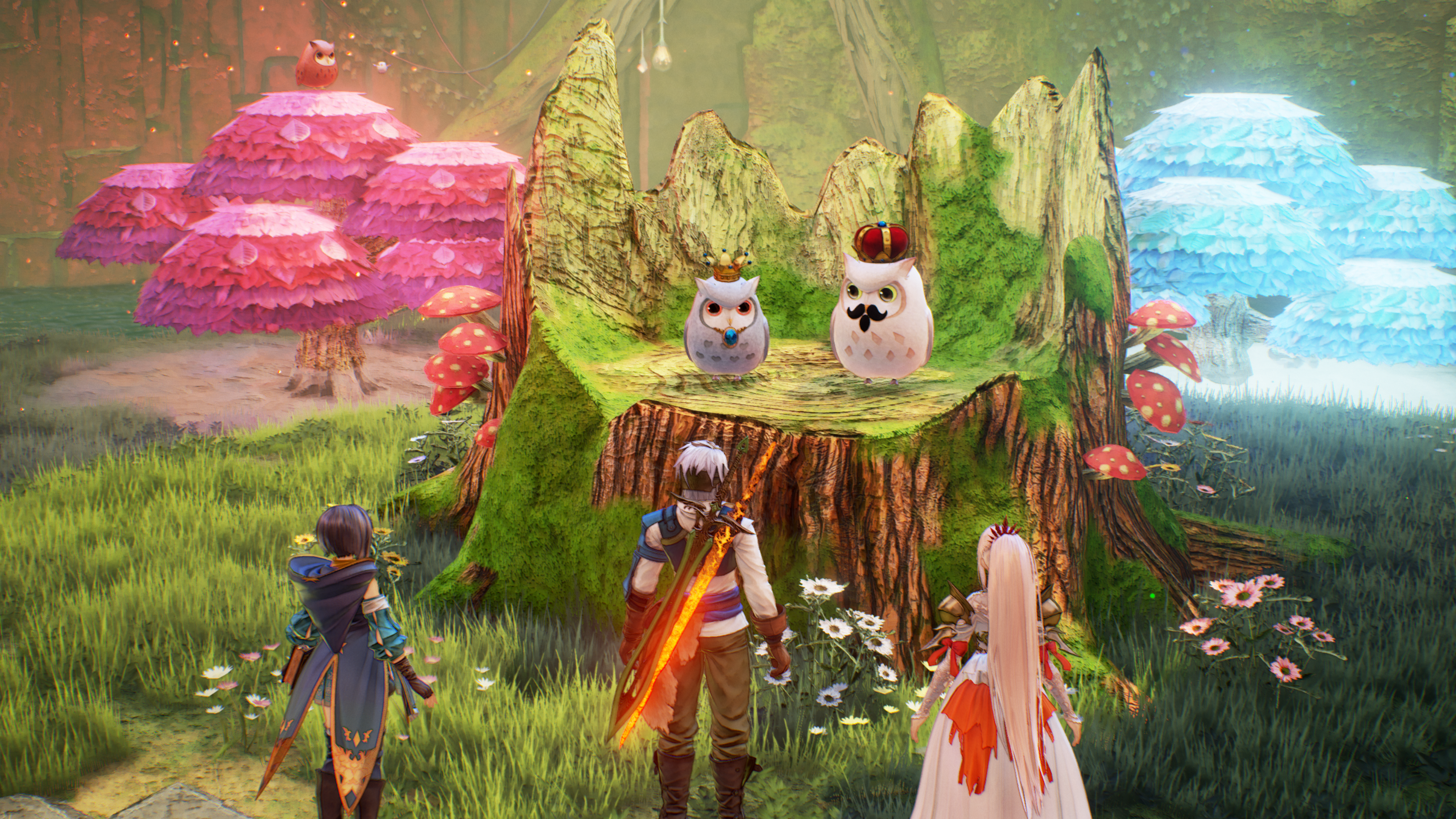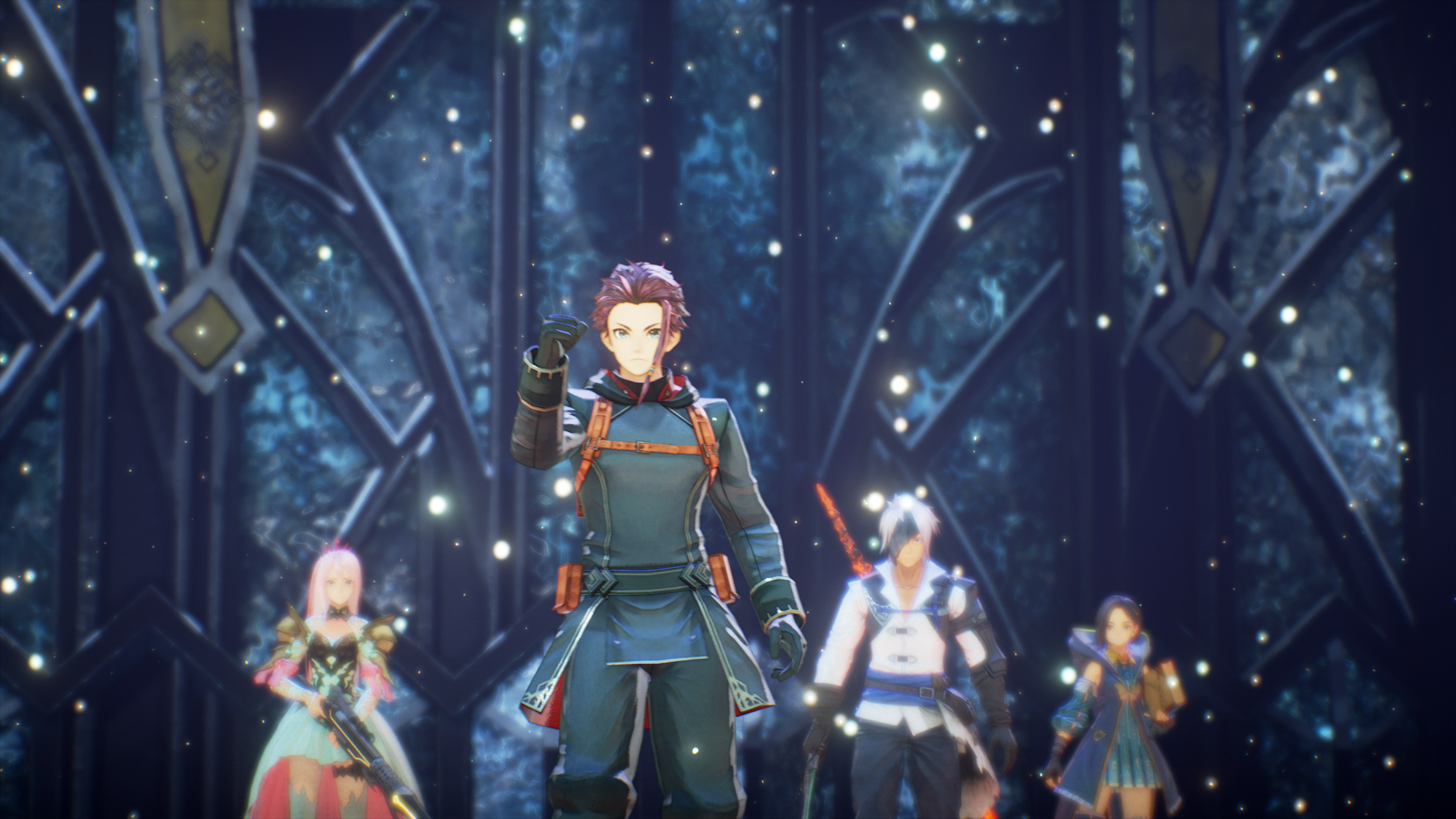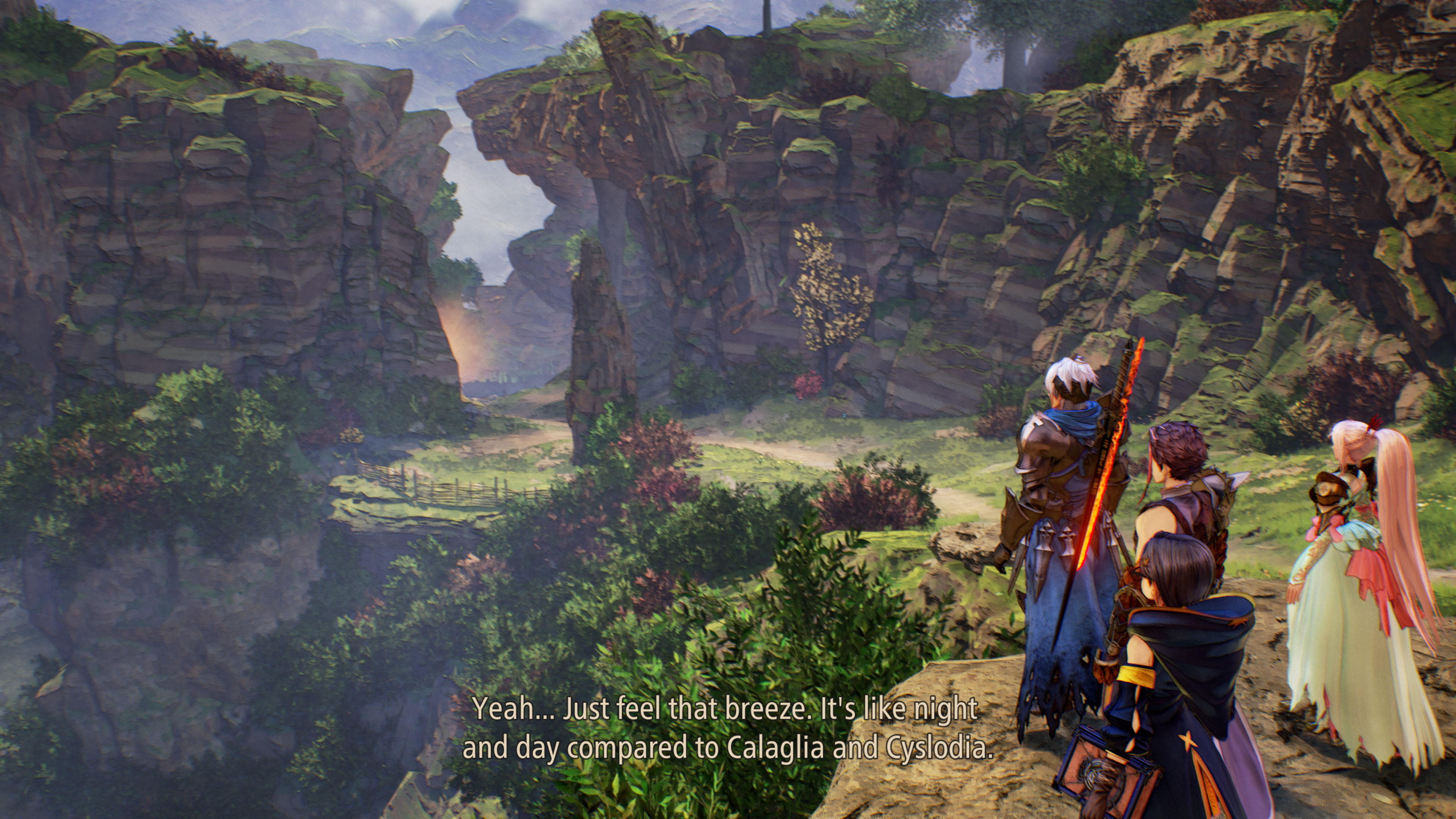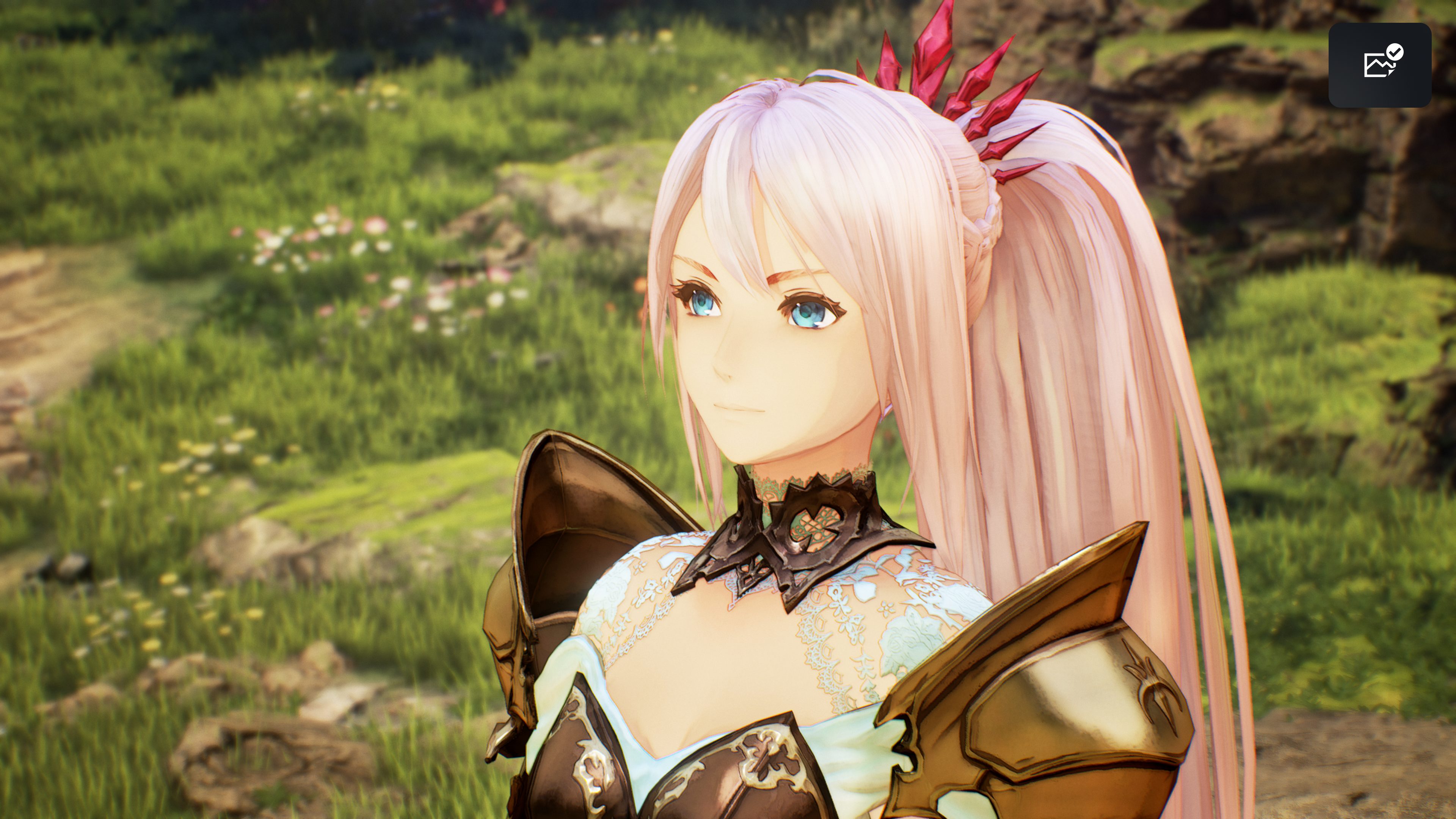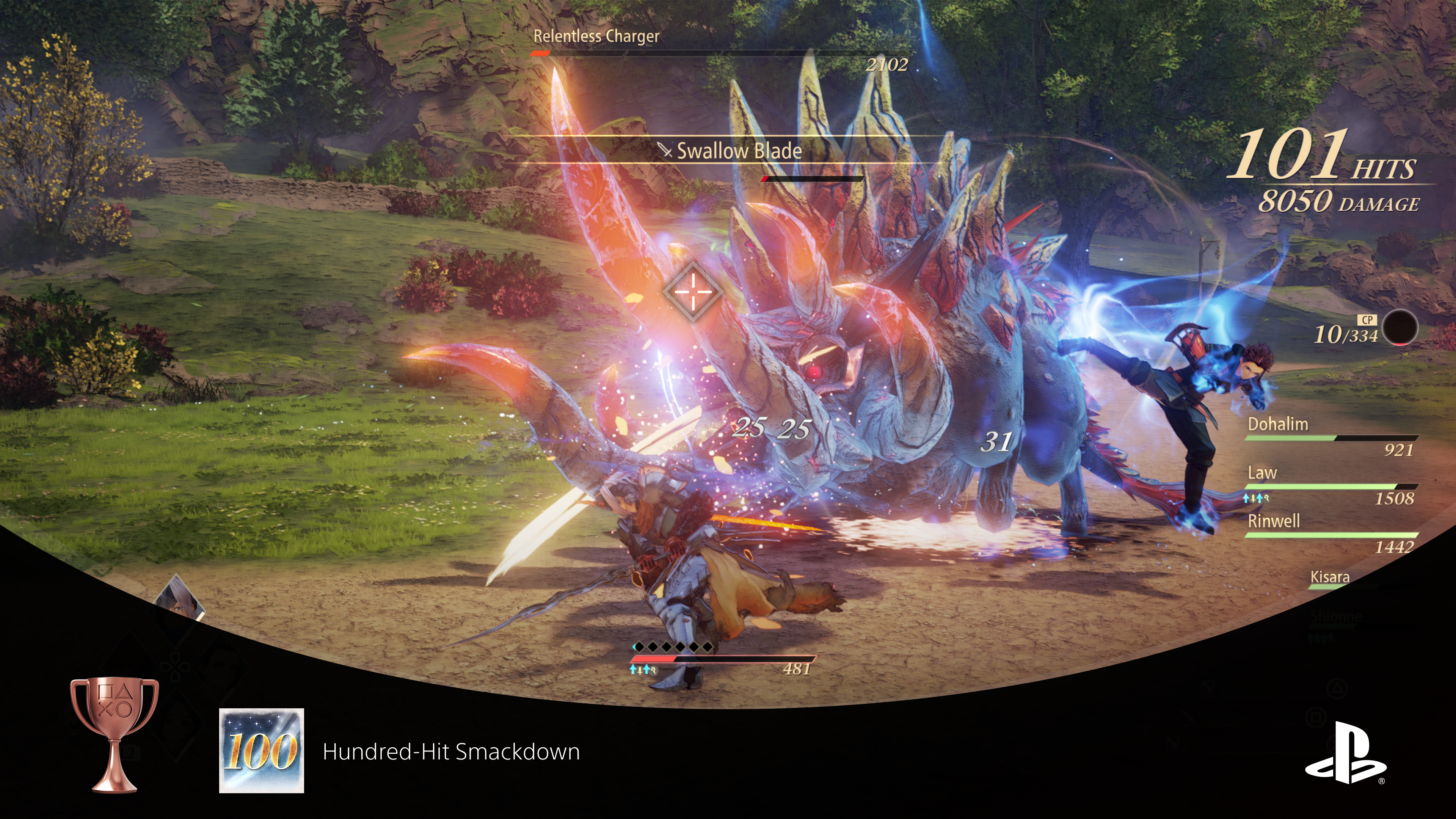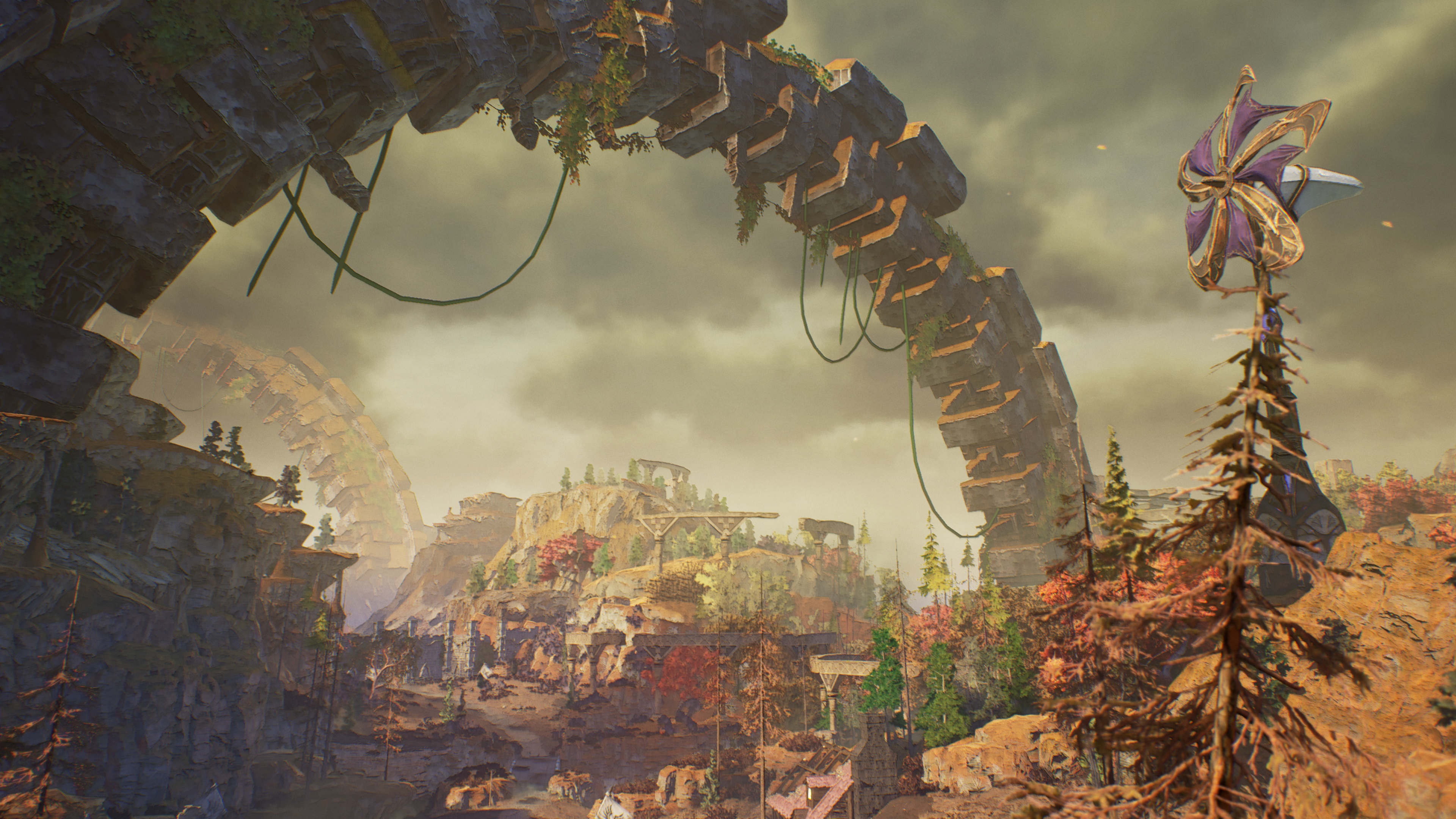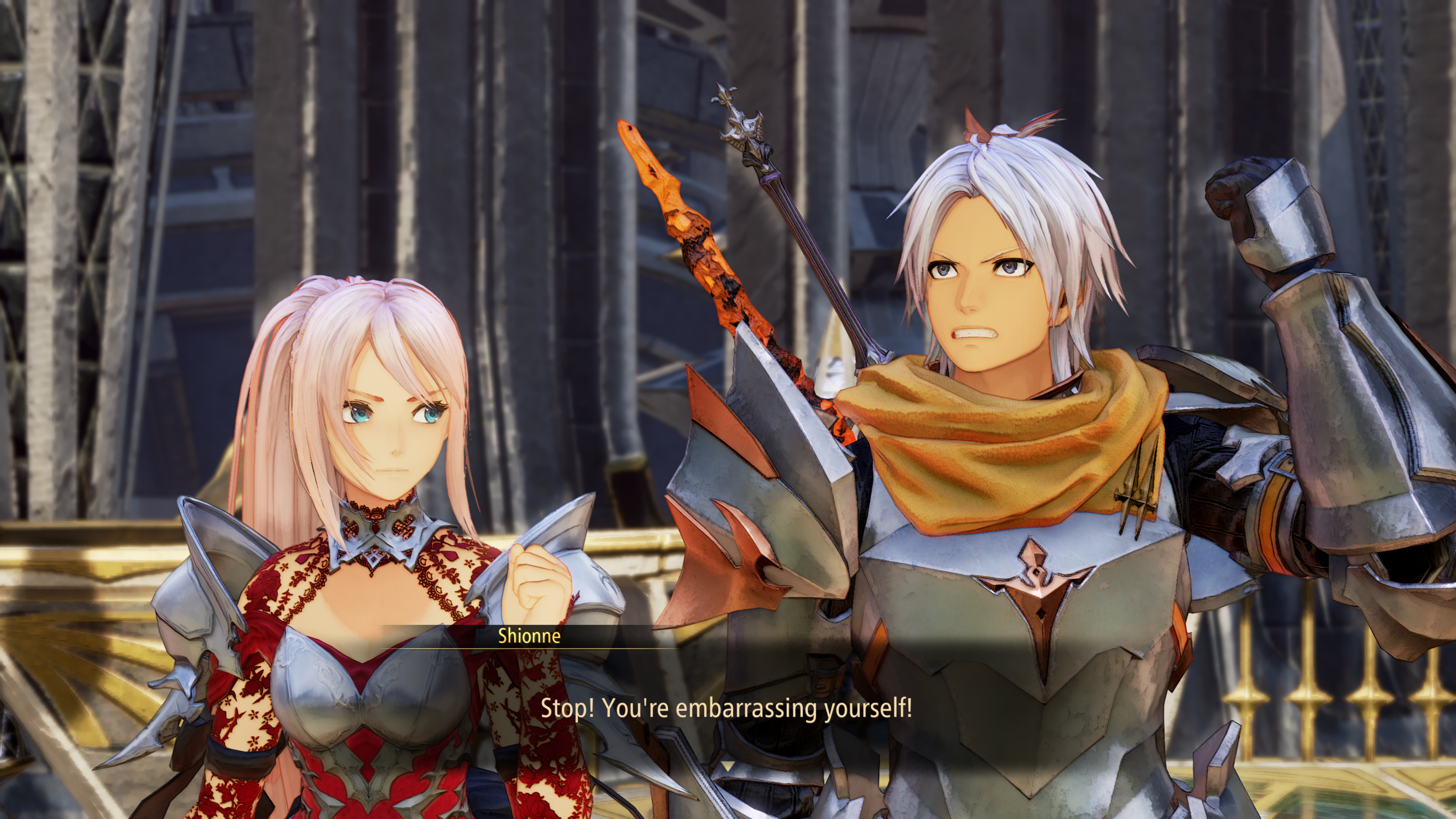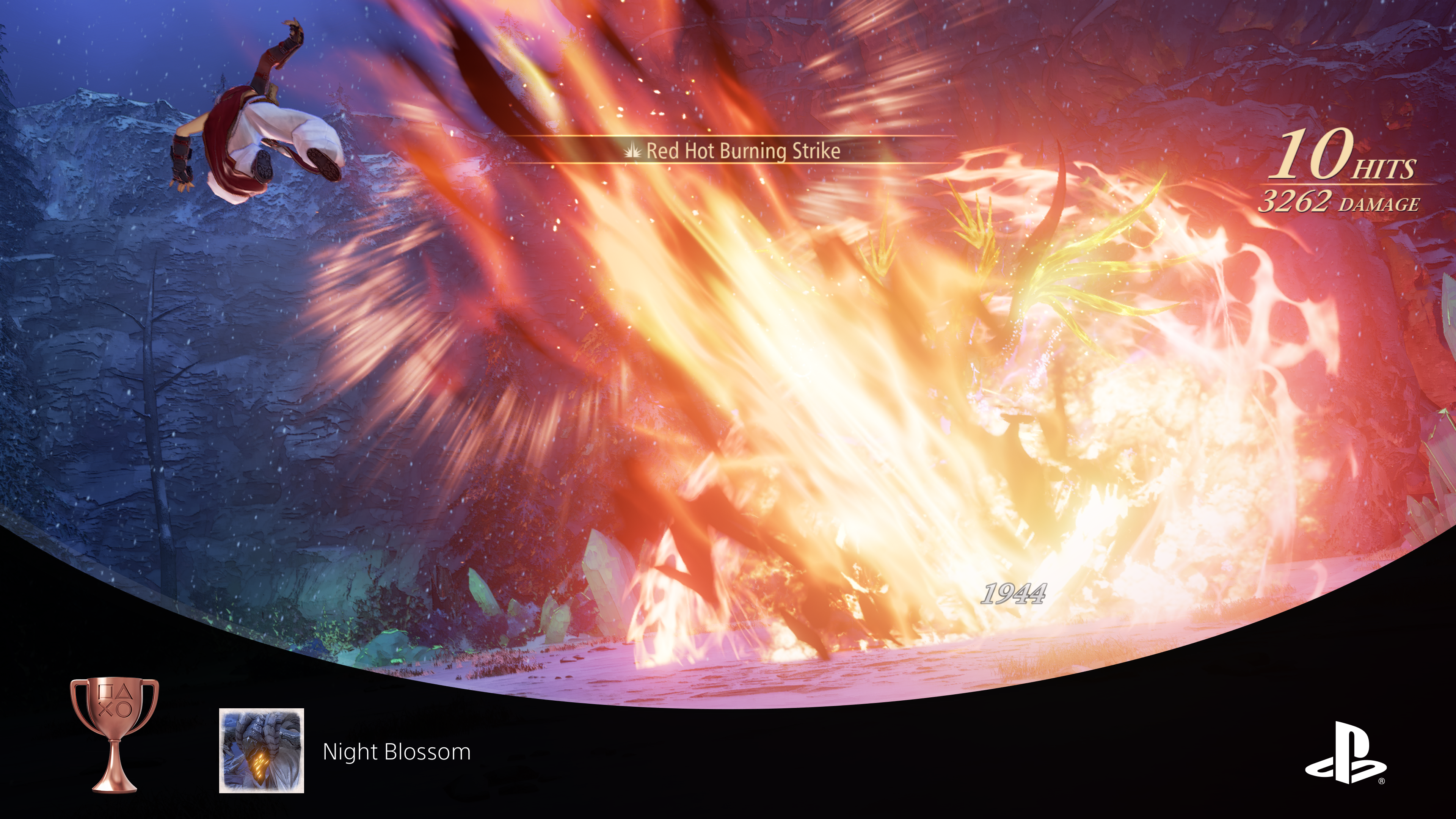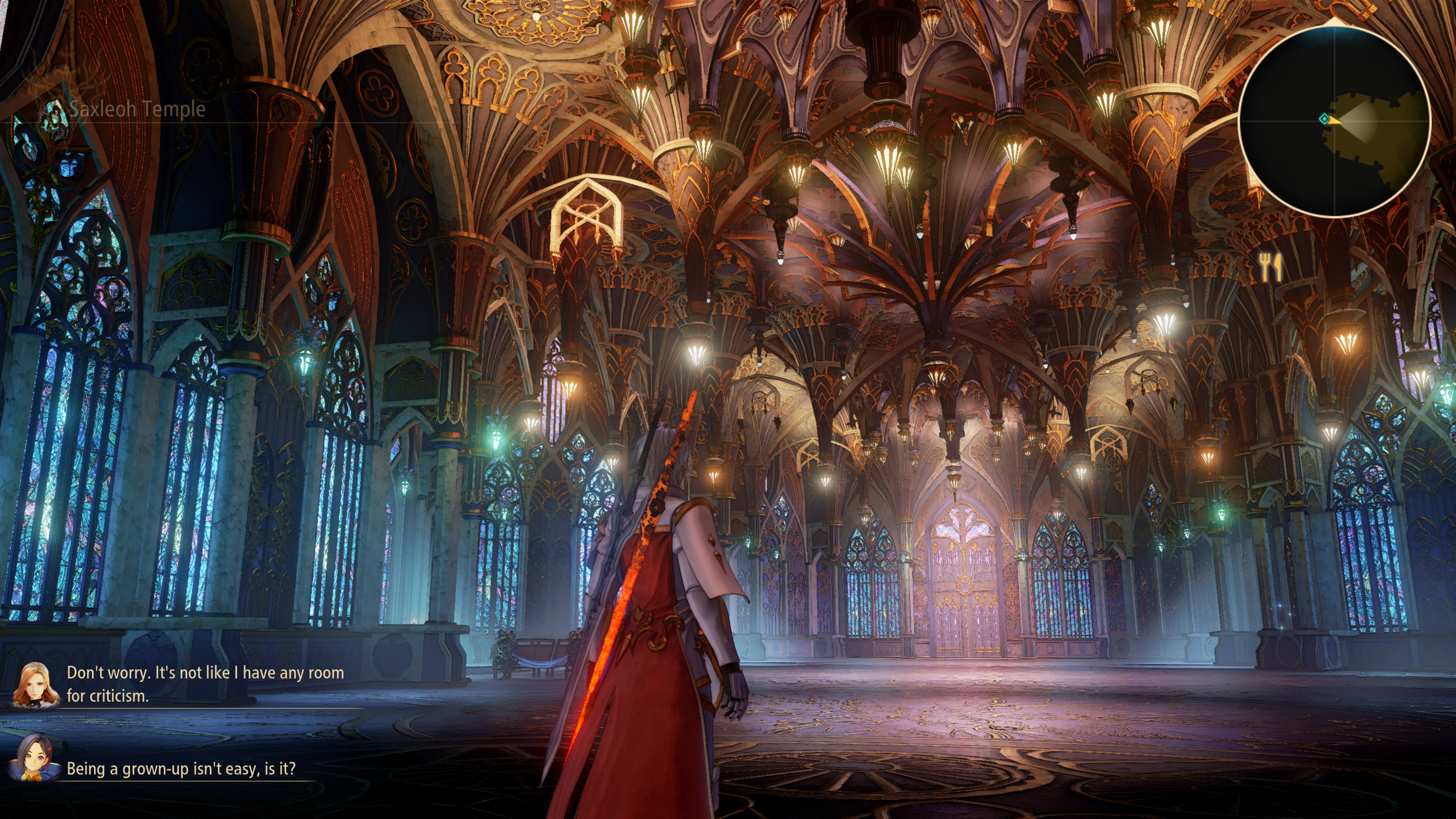Tales of Arise
- By -2Tack
- Posted on
- Posted in Reviews, Reviews by 2Tack
Where do I even start with this one? If you came here just to know if you should play this game then here is your TLDR: YES! ABSOLUTELY YES!
Alright let’s break that yes down. I’ve played a handful of Tales of games to completion; Symphonia, Vesperia and Berseria. I’m pretty familiar with the formula, the battle system, skits, etc. Tales of Arise is like the Miley Cyrus on a wrecking ball to the series and completely redefines what it means to be a Tales of game. I mean that in the best way possible, too.
I’m having a hard time even knowing where to get into first so let’s start with just opening the game. You’re greeted by this absolutely stunning anime cutscene that really gets you in the mood to play. From the minute you start a new file the action and story don’t drag. The pacing in this game is absolutely phenomenal. There aren’t any low spots and it never drags. At the 40 hour mark I couldn’t believe how long I had been playing. My total play time was just shy of 60 hours.
Music is also in top form here. Every track is a banger, especially the battle themes. Taking that to segway into battles, excuse my French but holy sh**. This is the most fun I’ve had in a Tales of game, and possibly the most fun battle system I have every encountered. It’s fast-paced but not overwhelming while in the moment. Each character has it’s own play-style and a plethora of skills on each character to utilize to fit your individual play-style. Skills can be chained together to form combos, some being easier to pull off than others, so it gives you the room to explore skills and find your own favorites. The main character from the beginning, Alphen, is your standard sword user. However I preferred to use Law, the up close and personal pugilist, and Dohalim, the staff wielding mage. The only person I didn’t enjoy in combat was the gunner, Shionne. Even the mage Rinwell was fun, as you were allowed to combine magical spells to try to nuke the enemies into oblivion. Characters you don’t control in battle are actually intelligent and do meaningful things and activate their special skills all on their own. They also offer a manually triggered special attack that can help stop enemies in their tracks if they’re effective against them. For example, enemies casting magic can have their casting cancelled and absorbed by the mage Rinwell. Kisara can user her shield to block rampaging enemies. Law can break down enemies with tough shells or shields. You can’t spam these either, so it give a strategic element; do I use it to do some extra damage or save it till I need it? The last mechanic I want to touch on is the CP mechanic. Healing skills require a separate shared pool known as Cure Points. Each time a character wants to cast a restorative spell or a buff of some sort it spends these. These can be restored by resting at a camp, sleeping in an inn, or using CP restorative items.
Tales of games are normally lower to mid budget, but this sure felt like they were given a blank check. The graphical fidelity of this game was up there with the Final Fantasy 7 Remake Intergrade that I played earlier this year. I had an overwhelming urge to explore every inch of every map due to the attention to detail. There’s also these cute little owls hidden everywhere that are completely optional to find, but if you do it unlocks color variants for your clothing. I liked the interactions between Alphen and Shionne as you collected more owls. It was very endeering.
Normally after all this you’ll be like “oh but the story fell flat.” I am pleased to say that the story is also fantastic. There’s some character tropes, and clichés, sure, but for the most part it’s well told, well written, and wonderfully executed. Your goal, which I’ll say because it’s made clear in the first 30 minutes of the game, is to take out the five rulers of each “country” on the planet. As you progress through your characters learn more about the nature of humanity, it’s struggles, and how it’s not so black and white, it’s often many shades of gray.
The side-quests are all plainly marked, and optional. However completing them can offer some nice rewards. There also aren’t that many of them. I think about 40 in total, and most only take a minute or two to do. They offer a lot of hilarious writing and character interactions you don’t want to miss. A staple in the Tales of games is a mechanic known as the “skit.” A skit is basically a behind the scenes with the characters and their interactions with each other throughout their adventure. How often in an RPG do your party members interact outside of story beats? Almost never. Well in Tales of games you can observe interactions between two or more of the members by pressing a button to play it when prompted. These can range from serious topics, funny scenes, or general commentary about the story. It really adds a lot of depth and helps you connect with the characters on a more emotional level. I advise pressing that R1 button every time you see the prompt!
Characters level up like every other RPG, after gaining the required experience points. Tales of Arise goes a step further with the “title” system, which it has employed in previous games of the series. Titles in some previous games simply increase/decrease certain values to help you customize a character a little more. In Arise though it’s basically your skill grid. As you find and open titles, not all open on their own and some are optional, you can spend skill points acquired from battling to unlock more active or passive skills. In my playthrough I unlocked every title and nearly every skill. I also didn’t need to grind at all to accomplish this.
I do have two complaints, but they’re related to each other. You knew it was coming. The difficulty balancing. I’m no stranger to action games or RPGs, so I decided to start the game on “hard.” Well I made it to the second country’s boss and said eff it. Not because it was hard, but because the base mechanics of the game got too…. annoying. Enemies weren’t harder, and no more skill was required to defeat them. The enemies just became spongier, which means loads more HP and higher defenses. Money and CP restoring items are extremely hard to come by early game. So this makes the beginning of the game more of resource management problem than a “git gud” problem. As your characters cast healing arts and drain CP, you realize you don’t have any CP restoring items left. This leaves boss battles feeling like a climb up a sheer cliff and hoping the AI avoids enough attacks so you don’t need to heal them, rather than an issue with you just needing to dodge and chain skills together more effectively. I ended up just lowering the difficulty and enjoying more fast paced battles.
I can say with 100% certainty this is my GOTY, de-throning Yakuza: Like A Dragon and worming it’s way into one of my favorite games of all time up there with Persona 5 Royal and the classics of the SNES like Chrono Trigger and Secret of Mana. If you don’t play this game, I feel sorry for you because you’re missing out on one of the best gaming experiences ever created.
Oh and there’s a fun fishing mini-game you can do. So that’s a win.


